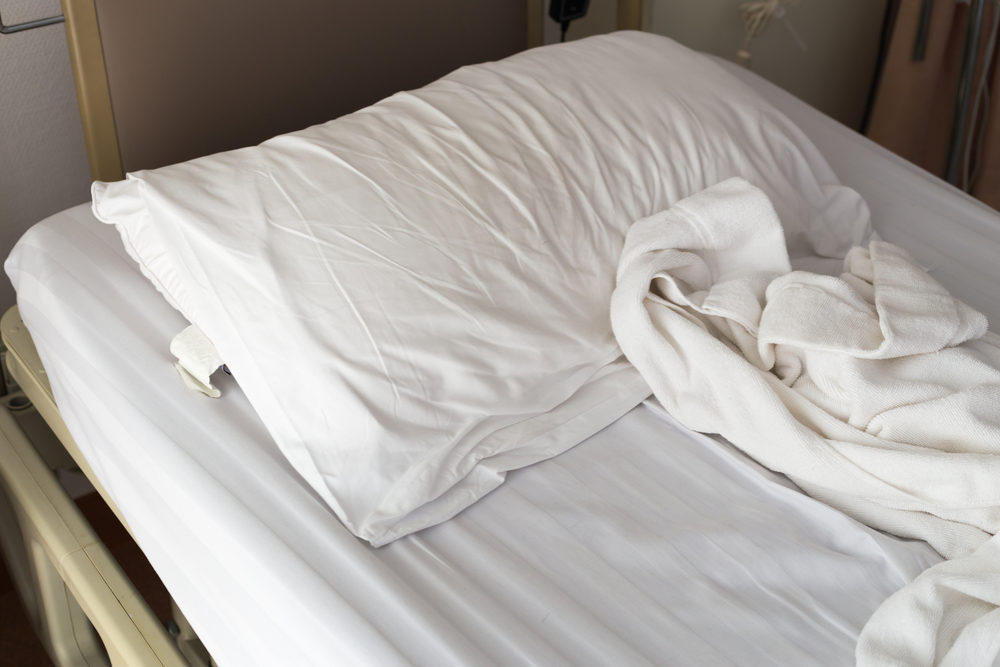Nursing Home Bedsores Underreported to Federal Regulators, Study Finds
Underreporting nursing home bedsores may make facilities look safer than they actually are on federal nursing home rating websites.

Although it is widely believed nursing home bedsores largely result from neglect and failure to properly move residents, a new report suggests the problems are widely underreported to federal regulators, resulting in inaccurate safety assessments of those facilities.
In a report published this month in the medical journal Medical Care, researchers with the University of Chicago raise concerns that the Centers for Medicare and Medicaid Services’ (CMS) may be using unreliable data to rate nursing home facilities nationwide on its Nursing Home Compare (NHC) website. That data is often supplied by the nursing homes themselves, and may fail to disclose certain problems to help the facility receive a better safety review.
Also known as decubitus ulcers or pressure sores, bedsores can develop in a hospital, nursing home or other long-term care facility as a result of a lack of blood flow to an area of the skin that is caused by prolonged pressure on one area of the body. In many cases bed sores result in nursing home neglect lawsuits and findings that the facility failed to adequately monitor and reposition immobile residents.

Did You Know?
Millions of Philips CPAP Machines Recalled
Philips DreamStation, CPAP and BiPAP machines sold in recent years may pose a risk of cancer, lung damage and other injuries.
Learn MoreBedsores pose a serious health risk for patients, as they can develop into open wounds which can become infected. The injuries most commonly develop in places with prominent bones beneath thin layers of skin, such as the heels, elbows and tailbone. Residents with limited mobility, who have trouble or are unable to move independently, face the greatest risk of the painful and potentially life-threatening pressure ulcers.
In this latest study, researchers looked at data on Medicare fee-for-service beneficiaries who were in a nursing home between 2011 and 2017, identifying incidents of hospital admissions due to bed sores and compared them to data submitted by nursing homes.
According to the findings, nursing homes only reported 70% of bedsores resulting in hospitalization for short-term patients, and only reported about 60% of pressure ulcers which needed hospitalization among long-term patients.
“Nursing homes substantially underreported pressure ulcers between 2011 and 2017, making CMS patient safety measures based on these data highly inaccurate,” the researchers determined. “We assessed reporting by focusing on patients who were hospitalized with a primary diagnosis of pressure ulcer and resided in the same nursing home before and after hospitalization. Of these, 22.4% of pressure ulcers were not reported by nursing homes.”
Most medical organizations consider bedsores to be a preventable condition that can be treated if detected early through proper diligence on the part of medical staff and care providers. Failure to prevent, identify, or properly treat bedsores can result in life-threatening infections that enter the bloodstream, known as sepsis.
Get more articles like this sent directly to your inbox.
"*" indicates required fields




0 Comments